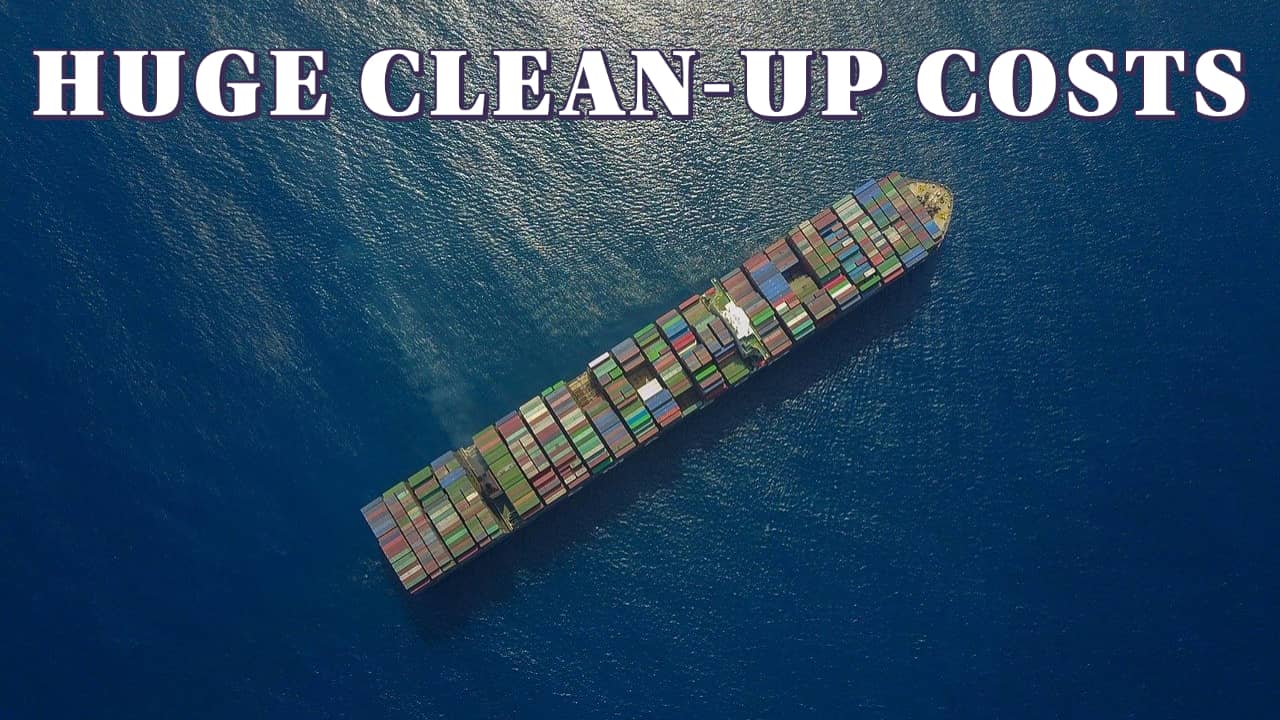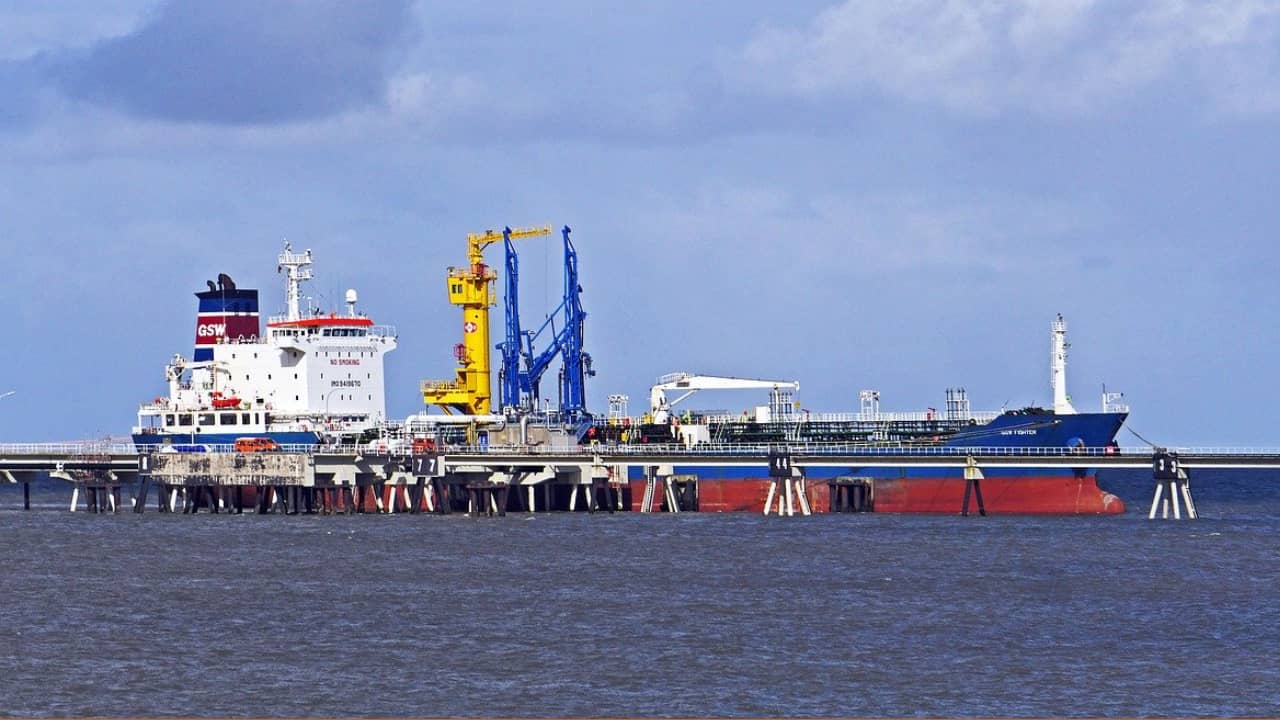
Why Do Shipowners Have a Limit on Compensations?
6-minute read
Politics involves a heap of misleading information. The tendency is to seize on populist themes and fashion statements that meet with approval over the dinner table, in smoko rooms and in the pub.
Therefore it comes as no surprise to see politicians seize on the container ship Rena sinking to make statements that, on the surface seem reasonable, but upon scrutiny require a lot deeper thought and analysis to determine whether they have real weight.
Labour leader David Cunliffe started the ball rolling when he said he would force the owners of the Rena to pay the full amount towards the clean-up of Astrolabe Reef, where remains of the container ship still lie.
The Government and the Rena’s owner, Daina Shipping Co, reached a financial settlement under which Daina will pay $27.6 million to settle the claims of the Crown and public bodies including Maritime NZ, the Bay of Plenty District Health Board, the Environmental Protection Agency, the NZ Transport Agency and the Ministry of Local Government (acting as the territorial authority for Motiti Island).
That could leave a shortfall of about $20 million on the clean-up costs, which are so far about $47 million.
Apparently, if Daina decides to apply for and is granted a resource consent to leave part of the wreck in place as a diving attraction, the company would make an additional payment of $10.4 million to the Crown.
Cunliffe said he would force the company to pay the full amount to have the wreck removed completely. “A Labour government will clean the reef up,” he said. “We will make the Rena’s owner pay through any means possible.”
He did not reveal how he would force the company to pay, merely that “Labour will make that ideal world a reality”. This prompted a response from Tauranga’s National MP Simon Bridges who described the statement as “empty promises”.
He said the matter would be handled not by any politician, but through the Environment Court.
Behind all of this there is a fundamental issue — why is there a cap on shipping company liability for disasters? Why does New Zealand have to abide by international law instead of just making this a domestic issue?
And one can ask, too, under international law, have we done enough to protect our position and get the maximum payout? To try and understand the general principles at play, let’s start with the question — why have a cap on liability?
Why Have a Cap on Liability?
The basic answer is that if there was unlimited liability, many shipowners would be scared off from being in the business at all.
Given the potential for billions of dollars worth of damage from oil pollution alone (particularly if a tanker was involved) possibly no company could handle the risk. Nor would insurance companies relish taking on a bottomless pit
So a formula was arrived at, dating back to the 17th century, to put a cap on liability.
The intent was to set the liability bar high enough so that it would be a serious issue for a shipowner, but would be manageable for insurers, and which at the same time gave comfort to the injured parties who suffered as a result of the incident.

The View of the Lawyer and Judge
I trawled the Internet for research sources and came across a good one in the Singapore Law Gazette.
It quoted the eminent former British lawyer and judge, Lord Denning, who said: “I agree that there is not much room for justice in this rule; but limitation of liability is not a matter of justice.”
“It is a rule of public policy which has its origin in history and its justification in convenience.
The answer lies in the foundations of international trade — in days when trade was only possible by ships, the absence of such limitation would have made shipowners reluctant to take on the potentially minous risks of sea voyages for they could bankrupt them.“
“Without a limit to liability, insurance cover would also have been impossible to come by.
If allowed, this state of affairs would have ultimately hindered the development of trade between nations. Hence, the right to limit was bestowed upon the shipowners.”
Over the years, this has been enshrined in various international conventions. Now, the major piece of international law that puts a cap on compensation is the Limitation of Liability for Maritime Claims Convention 1976 (LLMC).
That in itself does not give it the force of law. It is required to be enacted as part of the national law of the participating country before it becomes effective.
How Does New Zealand Law Stack Up?
In New Zealand, we have done so via the Maritime Transport Act. It provides a virtually unbreakable system of limiting liability for shipowners.
The only real exception is if loss resulted from a deliberate act or omission, committed with intent, or recklessly, and with knowledge that such loss would probably result.
So as an international trading nation, New Zealand accepts the principle of shipowner liability in our law. However, we haven’t been too flash in making sure at all times we were able to claim the full limit of any claims.
The LLMC applied a cap for general types of damage at about NZ$12.1 million. In 1996, however, a protocol was passed to the LLMC which came into effect internationally in 2004.
If we had had the gumption to adopt it and pass it into our law, it would have raised liability limits to about $29 million.
Labour had several years to enact it, yet failed to do so. Neither did the National Government until the Rena event occurred. Truth is, it wasn’t a vote-catcher until a disaster happened.
Given all this background, one can see why we adopt liability caps and also why it is important for us to keep up with the current limits.
But now let’s return to Cunliffe’s populist, vote-catching cry. Could Labour in fact force more money out of the shipowners for the wreck removal? Interestingly, a couple of years ago I did some research on liability caps following the Rena sinking.
Legal advice given to me then was that there are a few statutory exceptions in section 86(4) of the Maritime Transport Act. The most interesting are the wreck removal provisions in the Local Government Act and the hazard removal provisions in the Maritime Transport Act.
Costs of wreck removal, or hazard removal, are not subject to limitation of liability. However, these provisions can only be invoked if the owner refuses to remove a wreck after being instructed to do so by Maritime New Zealand, or the relevant council.
We wait to see if that eventuates . . . In the meantime, it would be wrong to think that the Rena case involved only these financial penalties. There are a number of criminal offence provisions that have applied too.
Criminal charges were laid against the master, and one other officer who was in charge of the watch, for operating a vessel in a manner causing unnecessary danger, or risk, to persons, or property. Then there is the question of cargo losses, and how much cargo-owners are entitled to receive for their losses.
I believe the international Hague Visby Rules (also incorporated into New Zealand law by the Maritime Transport Act) and which also limit the maximum liability of the shipowner, have been the main legal source for sorting these out.
So by skimming the surface of this legal maze, have we ascertained the reality of the situation? The truth is we can’t afford to flag away liability caps for shipowners. If we did, they might flag away coming here.
Labour may have a point, and that point may be nice to voters’ ears. But there should be caution to offset the bravado. We need shipowners vessels to come here. If they didn’t, it wouldn’t be their errant ships at risk of sinking — it would be our export earnings.
Source: The New Zealand Shipping Gazette
P.S. Easy Freight Ltd helps New Zealand importers & exporters to save money on international freight and reduce mistakes by guiding how to comply with Customs and biosecurity rules.
➔ Contact us now to learn how we can assist you.
